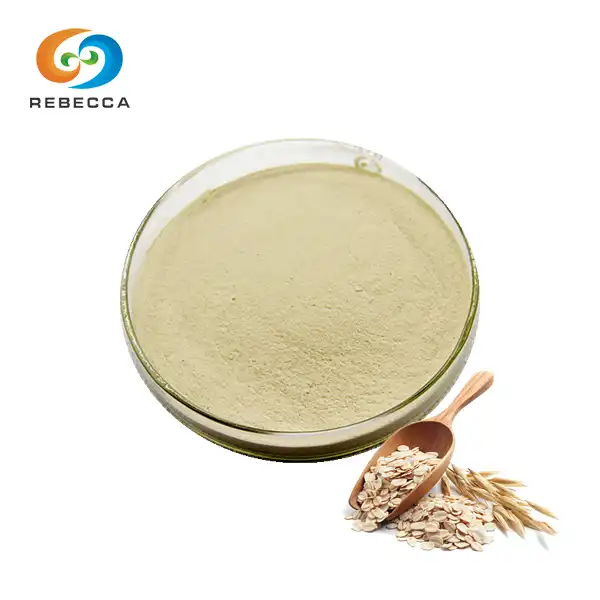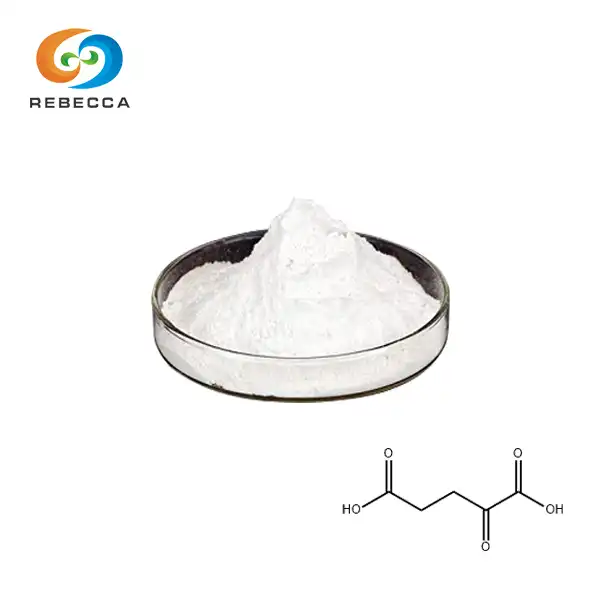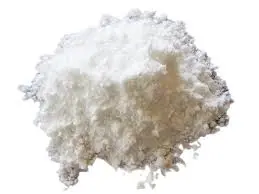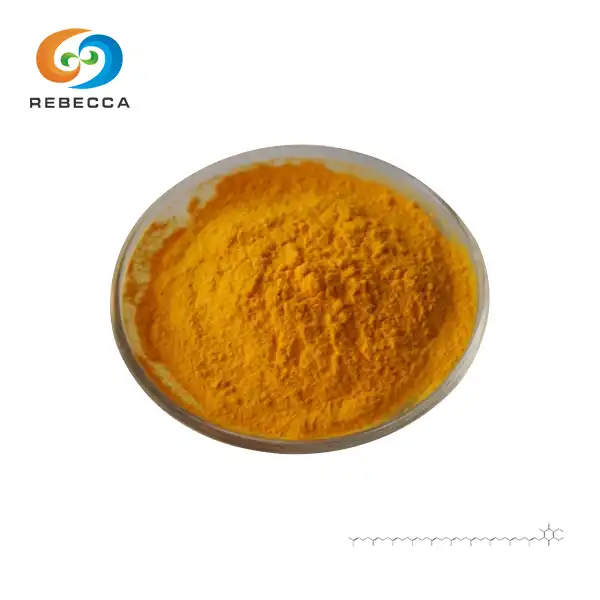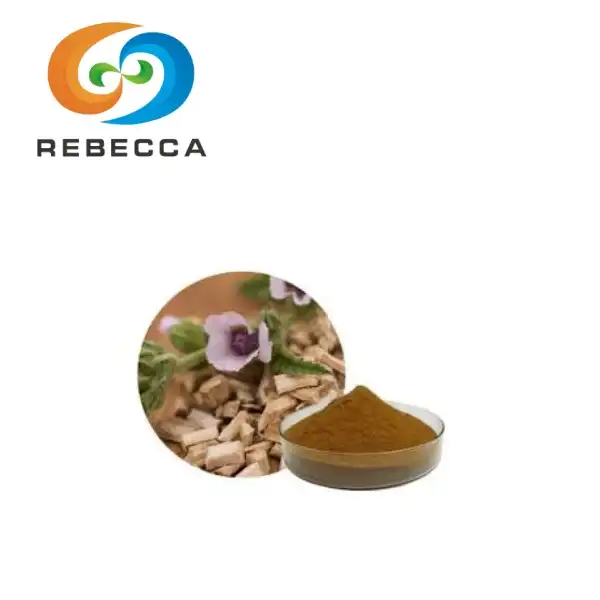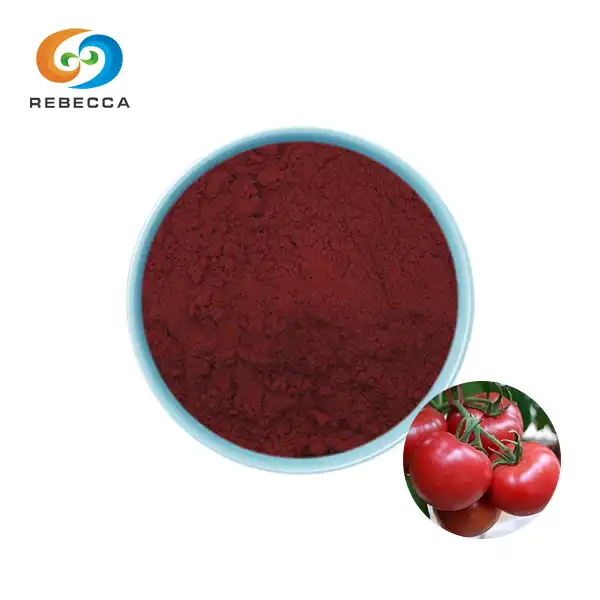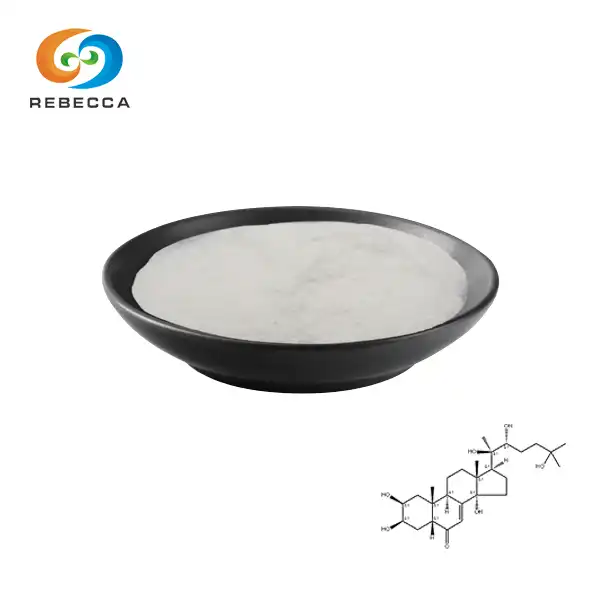Ancient Wisdom: How Gastrodin Fits in Traditional Chinese Medicine?
Traditional Chinese Medicine (TCM) has been a cornerstone of healing practices for thousands of years. Among its vast array of natural remedies, pure gastrodin stands out as a potent extract with remarkable properties. Derived from the Gastrodia elata plant, gastrodin has captured the attention of both traditional healers and modern researchers alike. This blog post delves into the role of pure gastrodin in TCM, exploring its health benefits and applications in contemporary herbal treatments.
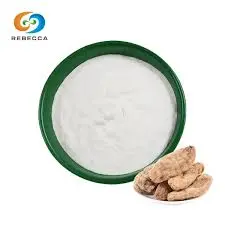
【English name】:Gastrodin
【Latin Name】:Gastrodiae Rhizoma
【CAS No.】:62499-27-8
【Molecular Formula】: C13H18O7
【Active ingredients】: Gastrodin
【Specification】: 99% Gastrodin
【Use Part】 :Rhizome
【Appearance】: Brown yellow to white powder
【Test Method】: HPLC
Role of Pure Gastrodin in Traditional Chinese Remedies
In the realm of Traditional Chinese Medicine, pure gastrodin holds a revered position. Extracted from the rhizome of Gastrodia elata, known as "Tian Ma" in Chinese, this compound has been utilized for centuries to address various ailments. TCM practitioners have long recognized the power of gastrodin in harmonizing the body's energy and promoting overall wellness.
Historical Significance of Gastrodin in TCM
The use of Gastrodia elata in Chinese medicine dates back to ancient times. Traditional texts describe its ability to "calm the liver" and "extinguish wind," metaphorical concepts that translate to modern understanding of neurological and circulatory benefits. Pure gastrodin, as the primary active ingredient, embodies these traditional properties in a concentrated form.
Gastrodin's Place in TCM Theory
According to TCM principles, pure gastrodin is classified as an herb that nourishes Yin and calms the liver. This classification aligns with its observed effects on the nervous system and its ability to promote balance within the body. TCM practitioners often prescribe gastrodin-containing formulas to address conditions related to what they term "liver wind" disturbances.
Synergy with Other TCM Herbs
In traditional remedies, pure gastrodin is frequently combined with other herbs to enhance its efficacy. Common pairings include Uncaria rhynchophylla (Gou Teng) and Chrysanthemum morifolium (Ju Hua), which are believed to amplify gastrodin's calming and headache-relieving properties. This synergistic approach is a hallmark of TCM's holistic perspective on health and healing.
Health Benefits of Pure Gastrodin in TCM Practices
The therapeutic potential of pure gastrodin extends across a wide spectrum of health concerns. Traditional Chinese Medicine practitioners have long utilized this compound to address various conditions, and modern research is beginning to validate many of these traditional uses.
Neurological Support
One of the most celebrated benefits of pure gastrodin in TCM is its neuroprotective properties. Traditional healers have used gastrodin-containing herbs to treat headaches, dizziness, and vertigo for centuries. Recent studies suggest that gastrodin may indeed have a positive impact on neurological health, potentially offering support for conditions such as migraines and cognitive decline.

Cardiovascular Health
In TCM theory, the concept of "liver wind" is closely tied to circulatory health. Pure gastrodin is believed to help "calm the liver" and thus support healthy blood flow. Modern research has begun to explore gastrodin's potential effects on blood pressure and vascular function, aligning with traditional beliefs about its cardiovascular benefits.

Stress and Anxiety Relief
Traditional Chinese Medicine often employs gastrodin-rich herbs to alleviate stress and anxiety. The calming effects attributed to pure gastrodin in TCM practices are now being investigated through scientific studies. Preliminary research suggests that gastrodin may indeed have anxiolytic properties, offering a natural approach to stress management.

Sleep Enhancement
In TCM, the balance of Yin and Yang is crucial for good sleep. Pure gastrodin, with its Yin-nourishing properties, is often recommended for sleep-related issues. While more research is needed, some studies have indicated that gastrodin may help improve sleep quality, supporting its traditional use as a natural sleep aid.
How to Use Pure Gastrodin in Modern Herbal Treatments?
As interest in natural remedies grows, pure gastrodin is finding its place in contemporary herbal treatments. While rooted in traditional wisdom, the use of gastrodin today is informed by both ancient practices and modern scientific understanding.
Dosage and Administration
Pure gastrodin is typically available in supplement form, often as capsules or tablets. The dosage can vary depending on the specific product and intended use. It's crucial to follow the manufacturer's recommendations or consult with a healthcare professional familiar with herbal supplements. In TCM practices, gastrodin may also be prescribed as part of a custom herbal formula, tailored to individual needs, with gastrodin powder incorporated into the blend accordingly.
Integrating Gastrodin with Modern Lifestyles
Incorporating pure gastrodin into a modern wellness routine can be straightforward. Many people choose to take gastrodin supplements as part of their daily regimen, particularly those seeking support for neurological health or stress management. It's important to maintain consistency and allow sufficient time for potential benefits to manifest, as herbal treatments often work gradually.
Potential Interactions and Precautions
While pure gastrodin is generally considered safe, it's essential to approach its use with caution. As with any supplement, there's potential for interactions with medications or other herbs. Individuals with pre-existing health conditions, pregnant women, and those taking prescription medications should consult with a healthcare provider before incorporating gastrodin into their routine.
Combining Traditional Wisdom with Modern Science
The use of pure gastrodin in modern herbal treatments represents a bridge between ancient wisdom and contemporary health practices. As research continues to explore the compound's mechanisms of action and potential applications, it's likely that new and innovative ways to harness gastrodin's benefits will emerge.
Conclusion
Pure gastrodin stands as a testament to the enduring value of Traditional Chinese Medicine in today's world. Its role in TCM practices, coupled with growing scientific interest, positions gastrodin as a promising natural compound for various health concerns. As we continue to explore the intersection of ancient wisdom and modern science, pure gastrodin exemplifies the potential for traditional remedies to complement contemporary healthcare approaches — with gastrodin powder often incorporated into customized herbal formulas or modern supplement formulations.
For those interested in exploring the benefits of pure gastrodin or seeking high-quality herbal extracts, we invite you to reach out to our team of experts. contact us at information@sxrebecca.com for more information on our premium gastrodin products and how they can be integrated into your health and wellness regimen.
References
1. Chen, P. J., & Sheen, L. Y. (2011). Gastrodiae Rhizoma (tiān má): A review of biological activity and antidepressant mechanisms. Journal of Traditional and Complementary Medicine, 1(1), 31-40.
2. Liu, Y., Gao, J., Peng, M., Meng, H., Ma, H., Cai, P., ... & Zhao, Y. (2018). A review on central nervous system effects of gastrodin. Frontiers in Pharmacology, 9, 24.
3. Jang, J. H., Son, Y., Kang, S. S., Bae, C. S., Kim, J. C., Kim, S. H., ... & Jung, Y. S. (2015). Neuropharmacological potential of Gastrodia elata Blume and its components. Evidence-Based Complementary and Alternative Medicine, 2015.
4. Xu, X., Lu, Y., & Bie, X. (2007). Protective effects of gastrodin on hypoxia-induced toxicity in primary cultures of rat cortical neurons. Planta Medica, 73(07), 650-654.
5. Zhan, H. D., Zhou, H. Y., Sui, Y. P., Du, X. L., Wang, W. H., Dai, L., ... & Zhao, H. L. (2016). The rhizome of Gastrodia elata Blume–An ethnopharmacological review. Journal of Ethnopharmacology, 189, 361-385.
_1730691017423.webp)


